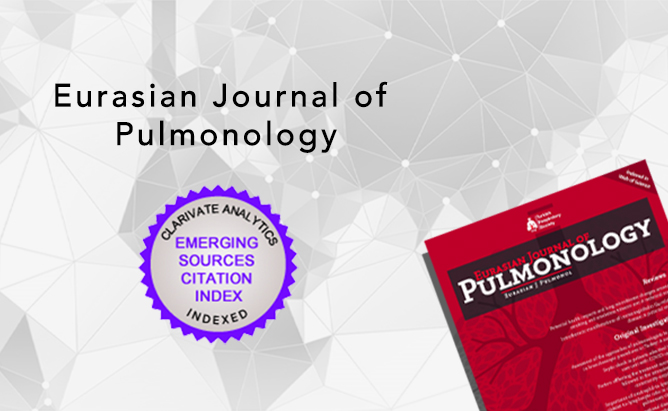2Department of Physiotherapy and Rehabilitation, Faculty of Physical Therapy and Rehabilitation, Ankara, Turkey
Abstract
Pulmonary alveolar proteinosis (PAP) is a diffuse lung disease that appears after the accumulation of lipoproteinaceous material in the alveoli. We aimed to compare the effects of using chest physiotherapy during a whole-lung lavage (WLL) to those without its use in a PAP case. A 33-year-old male patient with complaints of difficulty breathing, coughing, and dyspnea was admitted to the hospital. After the patient underwent a chest screening and diagnostic tests, WLLs were planned for his left and right lungs on separate days. Manual chest physiotherapy, including tapotement and vibration, was performed during the right WLL at the physician's request. Much more lipoproteinaceous material was visually detected in the saline collection bottles after the WLL using manual tapotement and vibration when compared to the WLL without tapotement and vibration. The improvement in the patient's clinical status was supported by chest X-ray and auscultation results.




 Umut Bahcaci1
Umut Bahcaci1 




